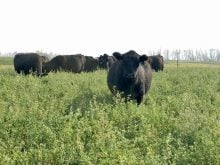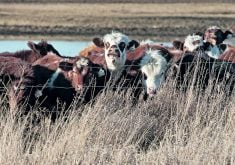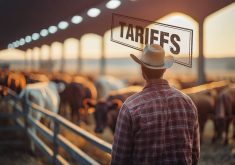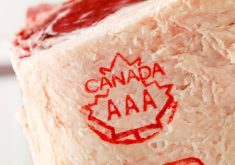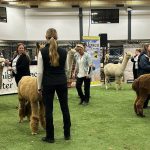There were few surprises in Statistics Canada’s latest Canadian livestock inventory estimates, says provincial livestock market analyst Jason Wood.
“Due to lower domestic slaughter and exports, inventory estimates reported a marginal increase in Canadian cattle,” said Wood. “In Alberta, total cattle inventories saw a 0.4 per cent increase, while hogs increased 1.7 per cent in numbers. Conversely, Alberta sheep decreased 6.9 per cent from the previous year as farmers reduced herds.”
Beef replacement heifers were up 4.0 per cent nationally and 5.2 per cent in Alberta, said the report, which was released earlier this month and estimates inventories as of Jan. 1.
Read Also

RDAR continues to become more relevant and useful to producers five years after its inception
RDAR has already amassed a strong resume five years after its inception.
“Alberta had the strongest retention of beef replacement heifers, followed by Saskatchewan and Manitoba,” said Wood.
Nationally, calf inventories increased 0.9 per cent to 3.8 million, while feeder heifers and steers dropped 1.2 per cent and 0.7 per cent, respectively.
“I think the biggest surprise is that beef cow numbers are slightly down nationally,” said Wood. “We expected it to stay on par with last year given the drop in beef cow slaughter and exports. Seeing the strong retention of replacement heifers in Alberta (and in Western Canada) is a really good sign of potential herd expansion as we move forward.”
In the hog sector, inventories were up in Canada and Alberta from a year earlier due to sow and gilt retention and increasing litter rates. Domestic slaughter increased 4.2 per cent from 2014, and exports were up 16.4 per cent during the same period.



